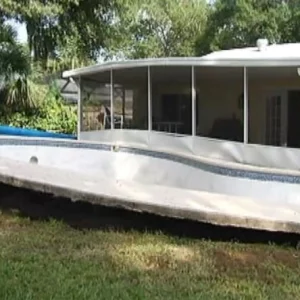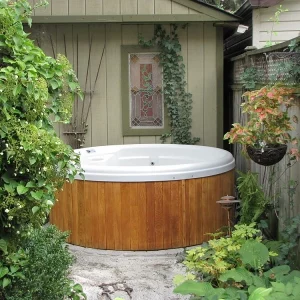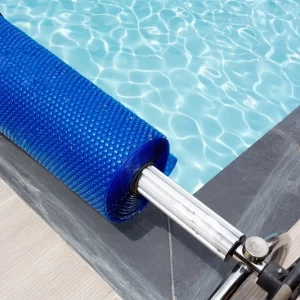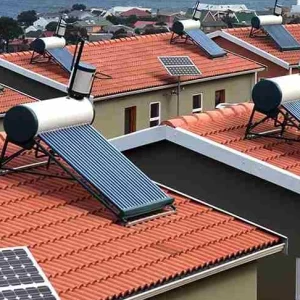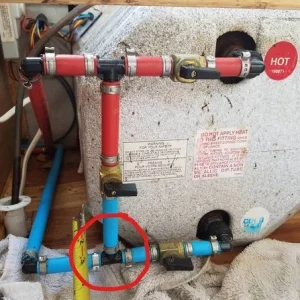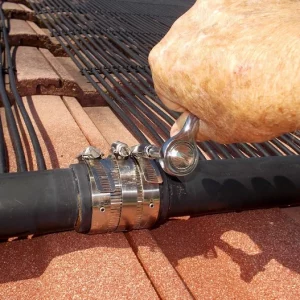Pondering over the perfect pool size for your backyard? Or simply curious about your swimming area’s dimensions?
Dive into this guide as we make a splash in the world of pool measurements, exploring the nuances of square footage and its significance.
Understanding Pool Measurements
Before we submerge ourselves in calculations, it’s essential to grasp some basic pool terminologies. Professionals usually describe a pool’s size in terms of its length, width, and depth:
- Length: This represents the distance from one end of the pool to the other in a straight line.
- Width: This is the measure from one side of the pool to the opposite side, taken perpendicularly to the length.
- Depth: Depth describes the vertical distance from the pool’s water level down to its bottom.
These three dimensions – length, width, and depth – lay the foundation for determining a pool’s square footage.
Calculating the Square Footage of a Pool
To find the surface area, or square footage, of a pool, employ this straightforward formula:
Square Footage = Length × Width
It’s worth noting that this formula calculates the surface area of the pool. If the pool’s depth varies, remember that this doesn’t affect the surface area but would influence the pool’s volume.
For instance, a rectangular pool with a 30-foot length and a 15-foot width will have:
Square Footage = 30 feet × 15 feet = 450 square feet
Thus, this pool covers an area of 450 square feet.
Other Pool Shapes
For irregular or freeform pools, break them down into basic geometric shapes (rectangles, circles, etc.) to simplify the area calculation process.
Consider a unique pool comprised of two rectangles and a circle. To find the total square footage, calculate the area of each section separately and then add them together.
Also, Read: What Is the Difference Between Aboveground and Inground Solar Pool
FAQs on Pool’s Square Footage Accurately
How do I measure a pool’s dimensions?
Use a measuring tape or a similar tool. For the length, start at one end and measure straight to the opposite end. For width, measure from one side to the other, crossing the pool perpendicularly.
Is square footage useful for pool maintenance?
Absolutely! The pool’s surface area aids in determining chemical quantities, gauging water capacity, and establishing filtration and circulation needs.
Should the pool deck be included in square footage calculations?
No, only the water area matters for the pool’s square footage. The pool deck, while vital, is separate from this calculation.
How does a pool’s shape influence its square footage?
While rectangular pools offer straightforward calculations, irregular shapes demand decomposition into simpler geometric forms for accurate measurements.
Can online tools help determine a pool’s square footage?
Yes, various online pool calculators cater to different pool shapes, ensuring accurate measurements.
Conclusion
Understanding your pool’s square footage is paramount for tasks ranging from maintenance to water capacity planning. By grasping the dimensions of your pool, you can efficiently compute its square footage, whether it’s a simple rectangle or a complex freeform. Ready to dive into more about pools? Explore our pool maintenance guide and pool planning tools for comprehensive insights.
- Swimjoy Solar Panels 2023: In-Depth Review & Insights - June 21, 2024
- How to Calculate Your Pool’s Square Footage Accurately? - October 15, 2023
- Pool Expansion Guide: Making Your Existing Pool Bigger! - October 15, 2023

